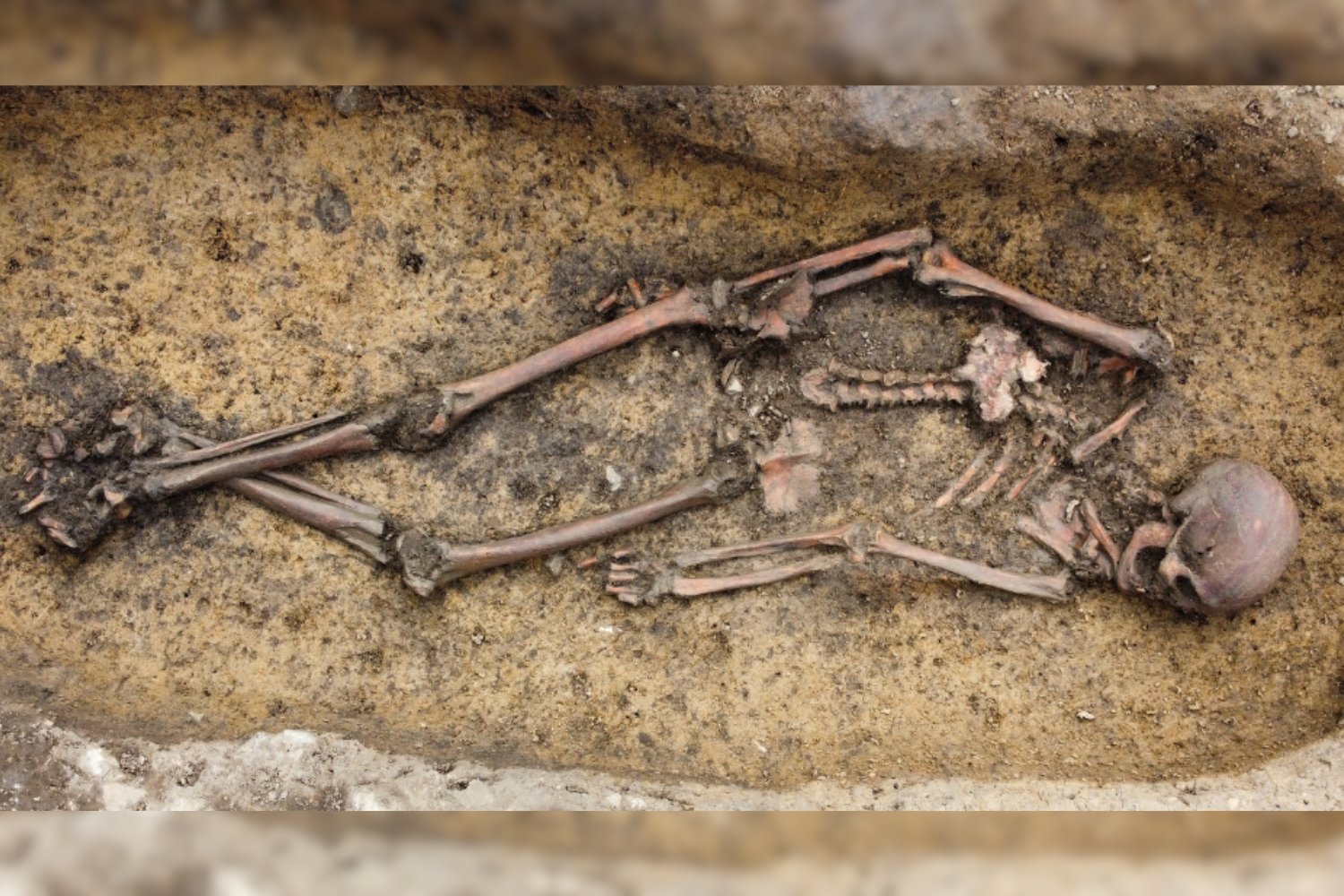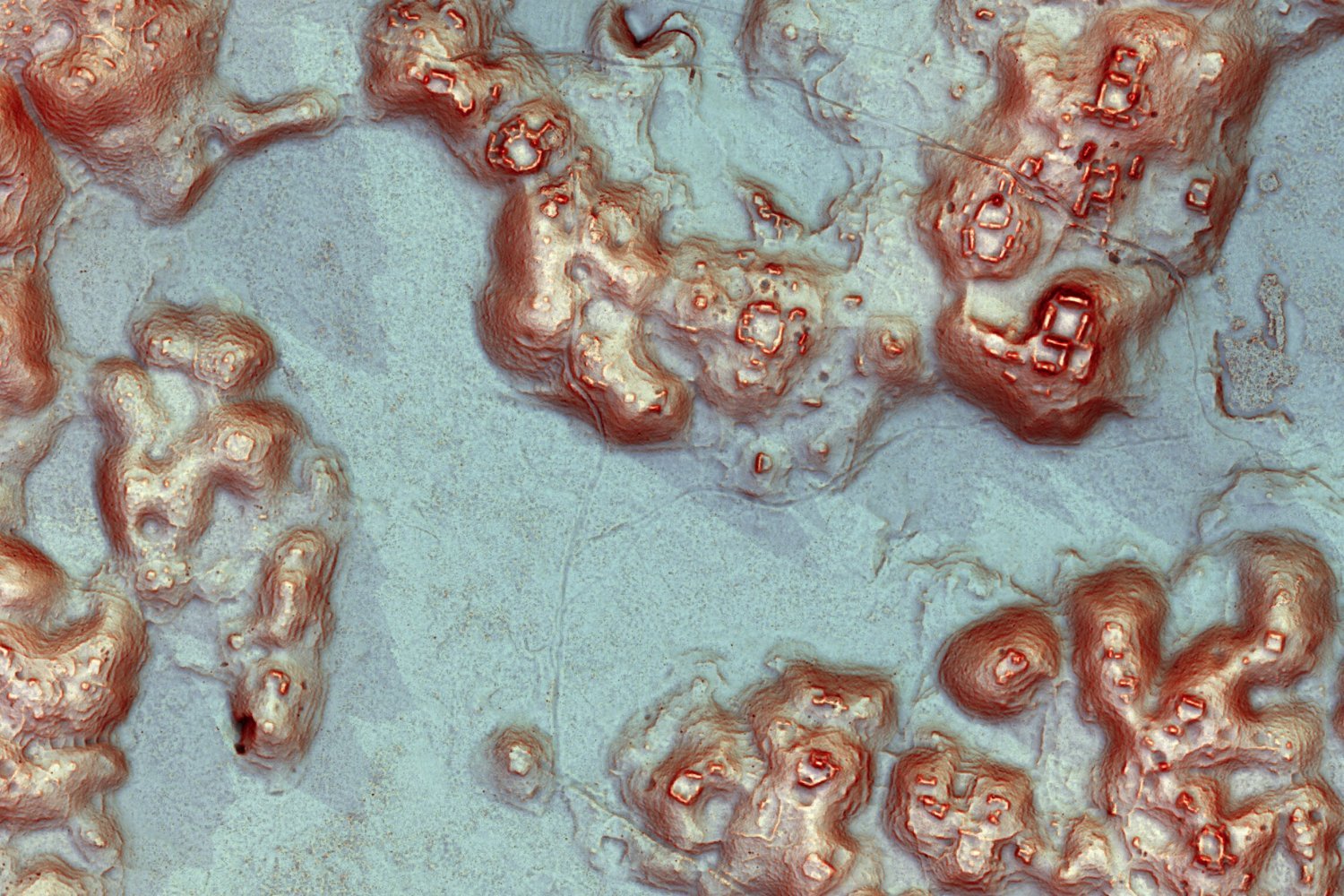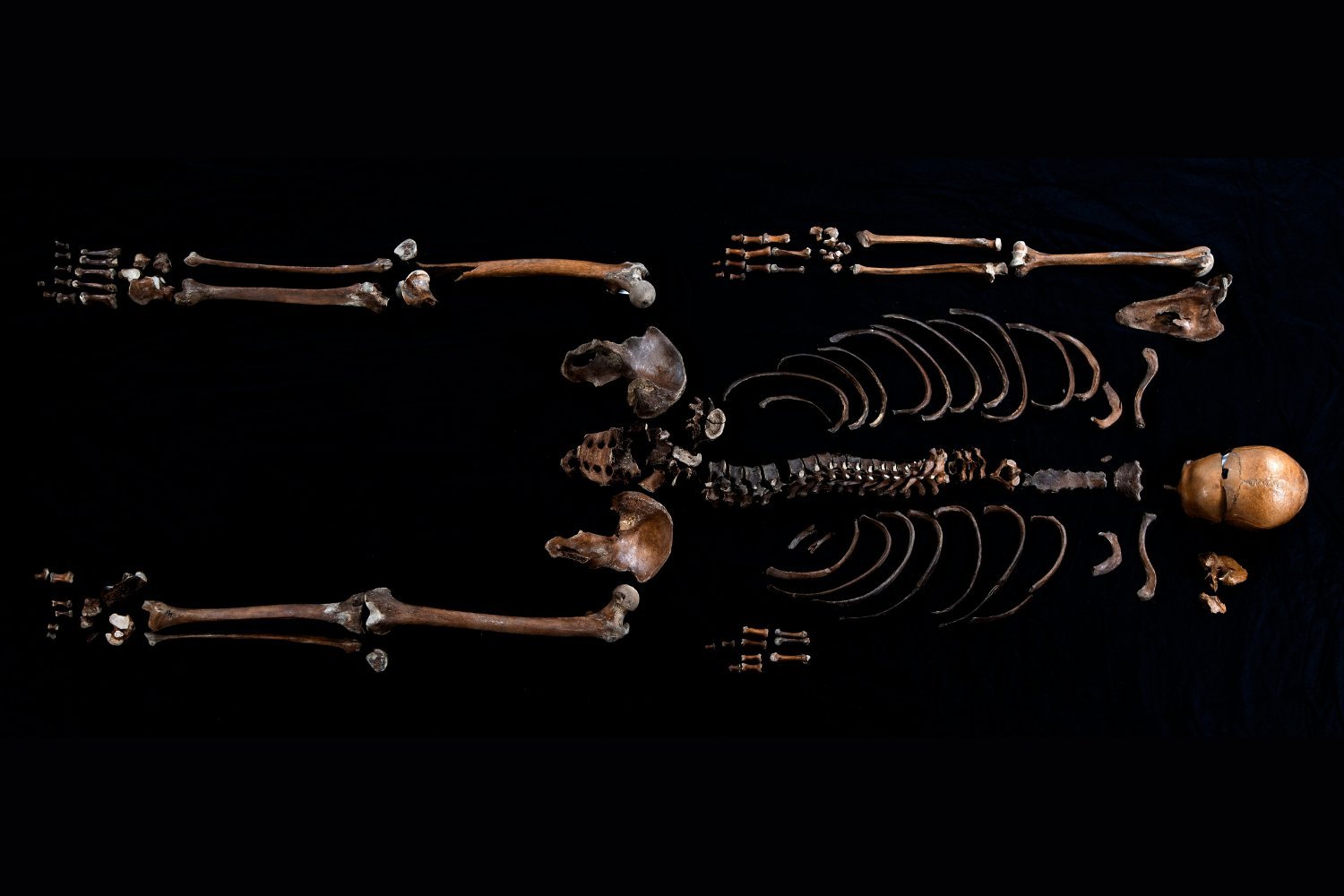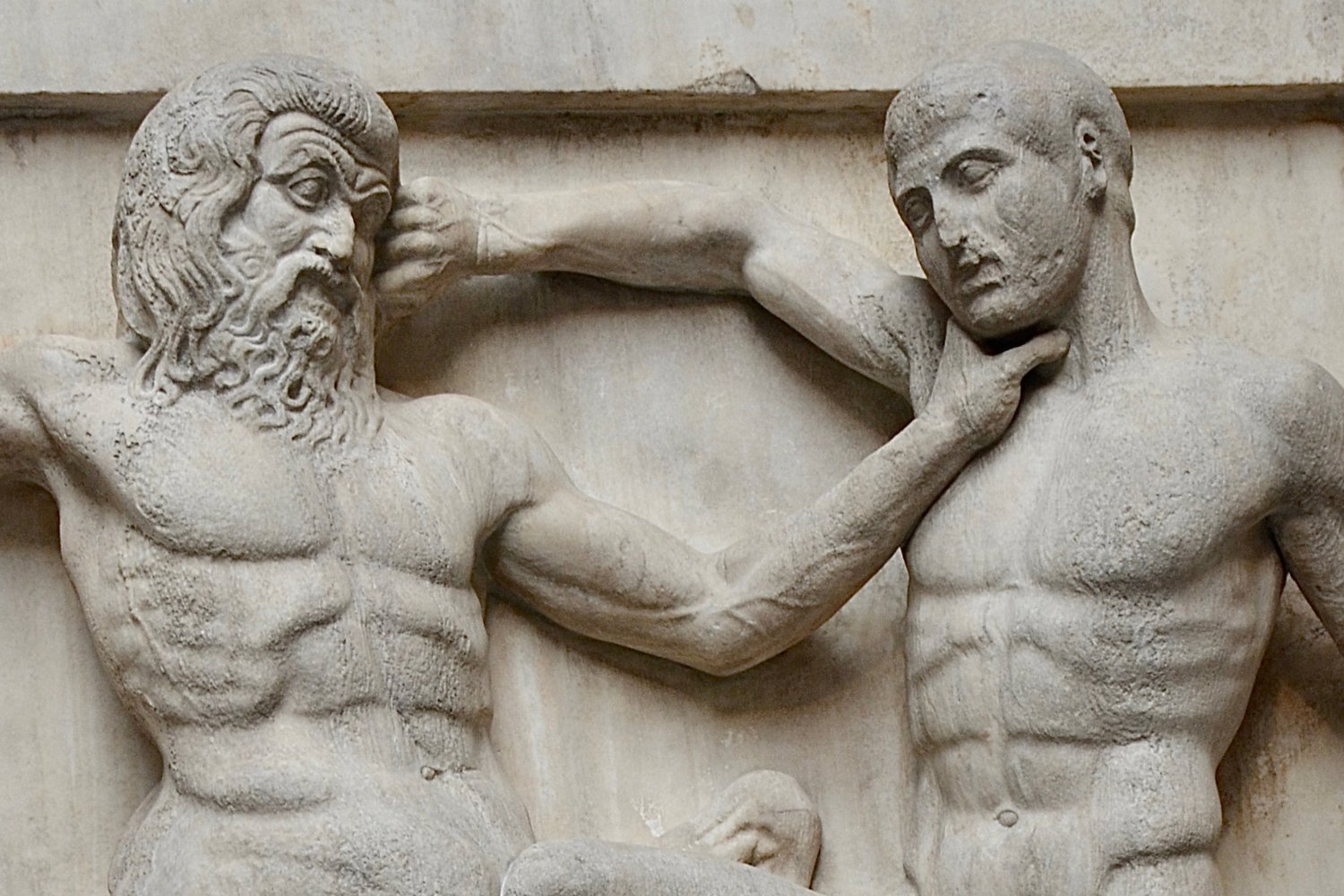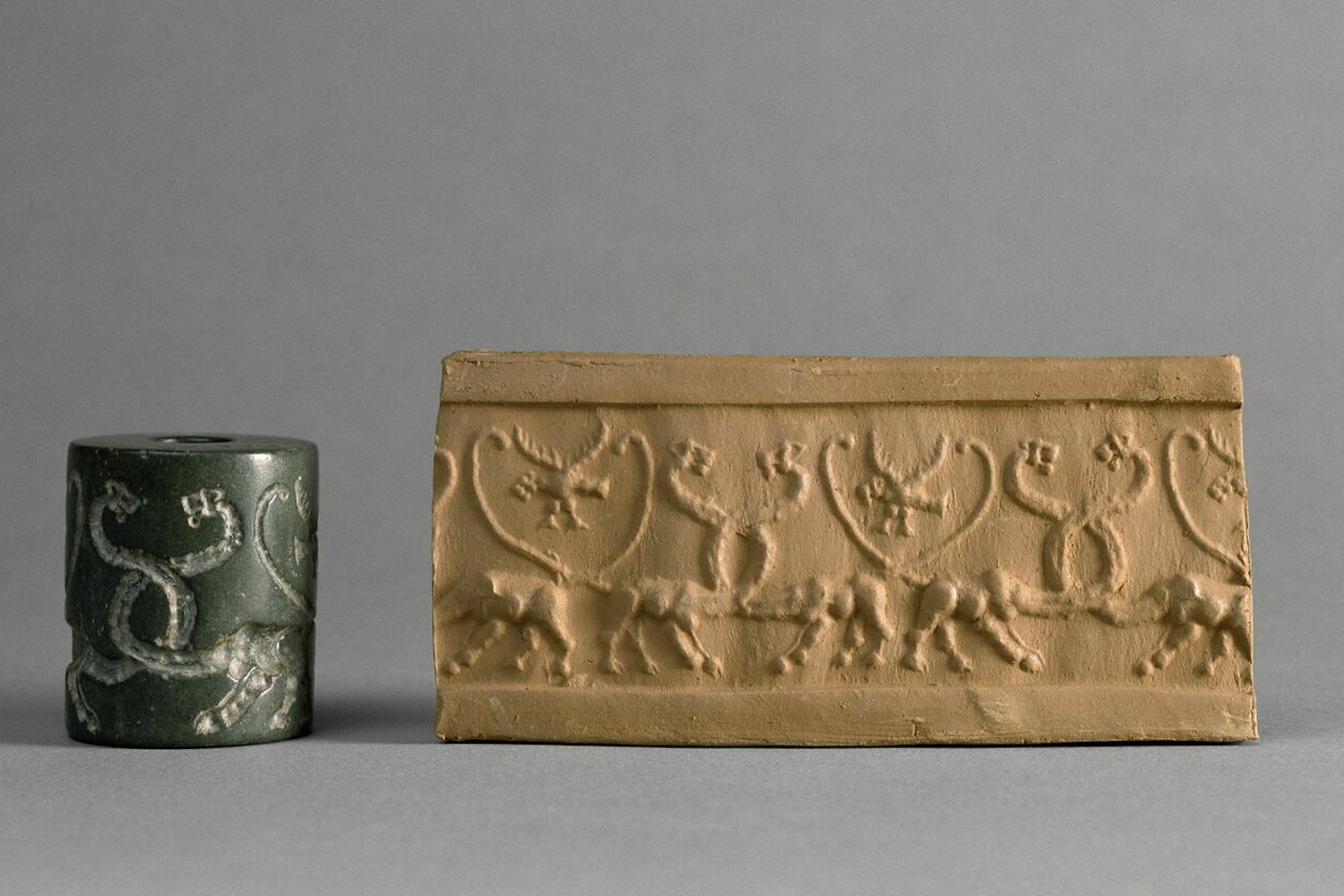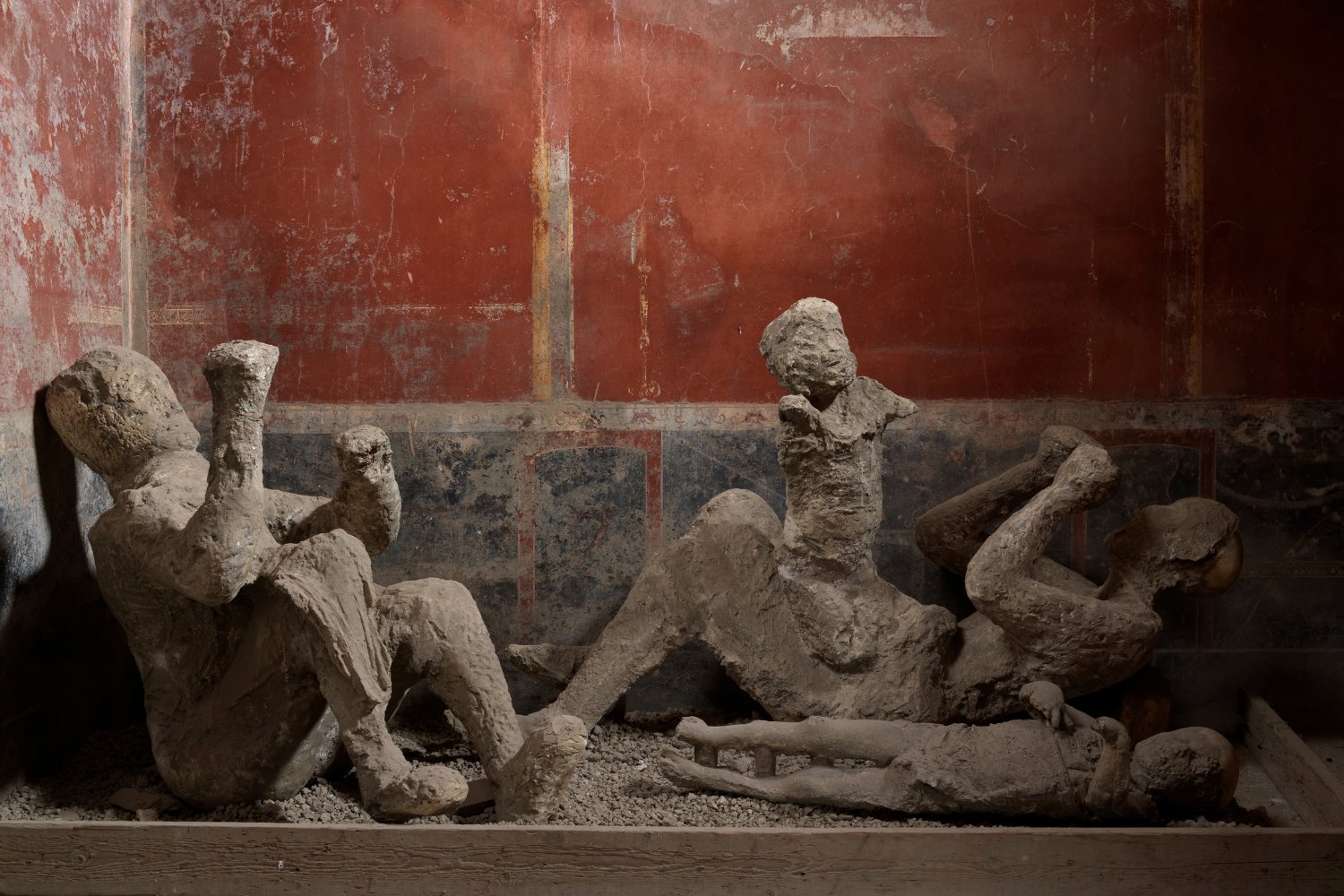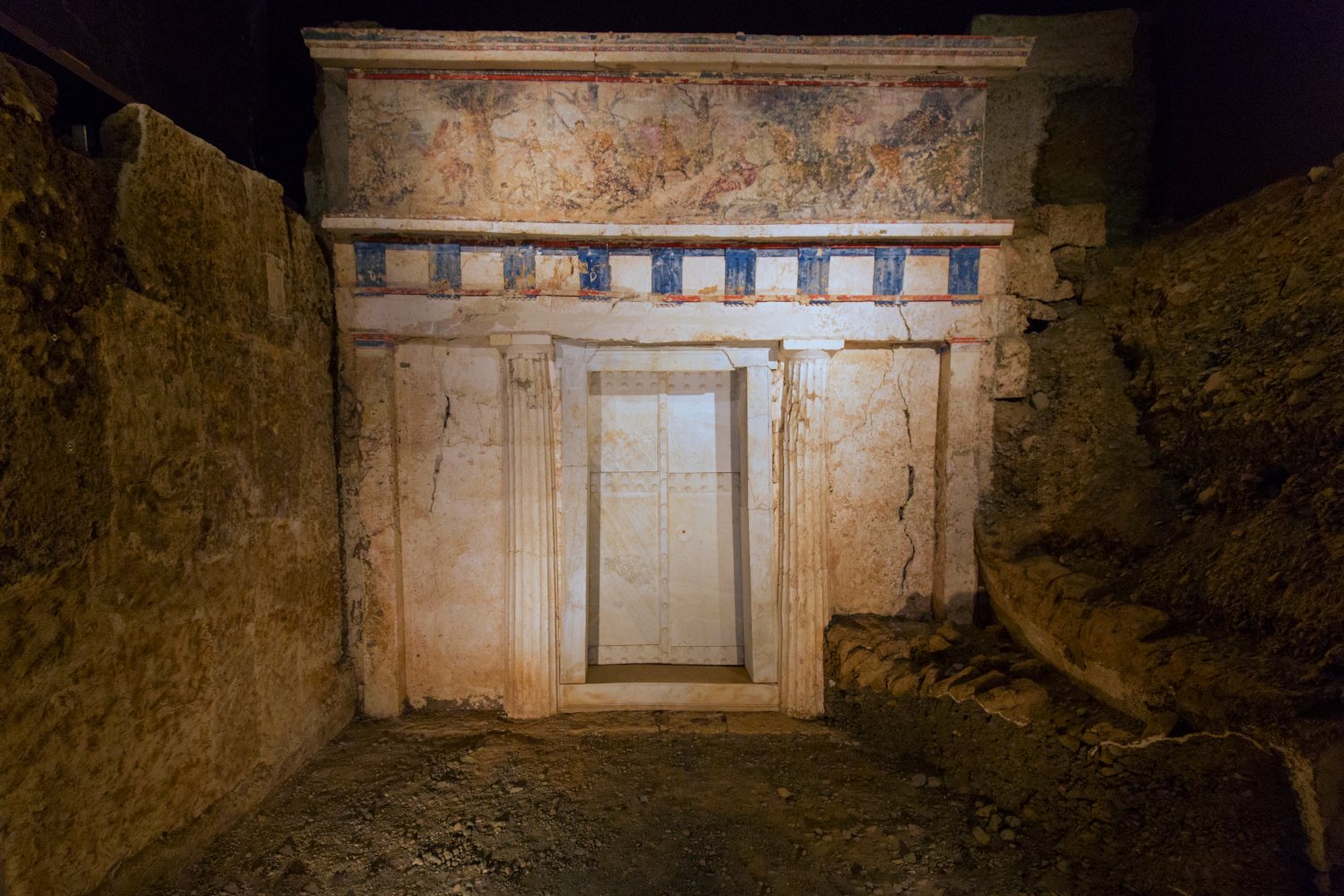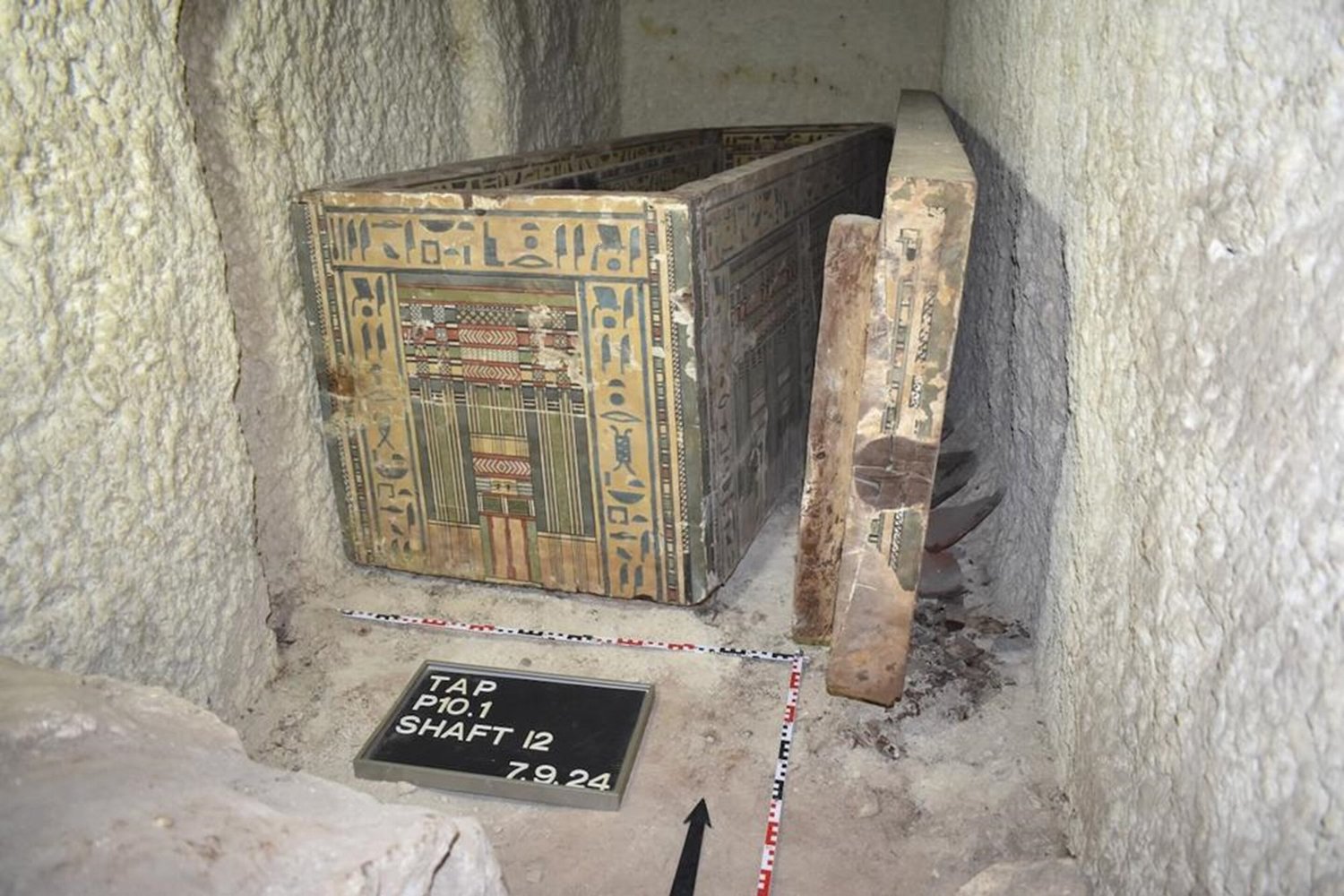A remarkable discovery in Åsum, Denmark, has unearthed over 50 Viking graves dating back to the 9th and 10th centuries. Archaeologists working with the Museum Odense made the find during a six-month excavation on a half-acre site (2,000 square meters) east of Odense, undertaken in preparation for updates to the local electrical grid. The burials offer a glimpse into Viking life, trade routes, and potentially even their genetic history.
Artifacts Reveal Viking Trade and Travel
The excavated graves contained a variety of artifacts, many originating from regions outside Denmark, confirming the Vikings’ reputation as skilled seafarers and traders. One notable burial belonged to a woman interred within a wagon—believed to be her own travel wagon. Among her possessions were a beautiful glass bead necklace, an iron key, a knife with a silver-threaded handle, and a small glass shard potentially used as an amulet. Intriguingly, a finely decorated wooden chest was discovered at the foot of the wagon, its contents still a mystery.
Another grave adjacent to the woman’s contained a bronze brooch, a red glass bead, an iron knife, and a piece of crystal. Archaeologists suspect the crystal was imported from Norway, either through trade or brought directly by a Viking.
Potential for Groundbreaking Genetic Analysis
The exceptional preservation of the skeletons presents a unique opportunity for ancient DNA (aDNA) analysis. This could offer insights into the Vikings’ origins and determine whether the same families were buried in Åsum across generations. According to Sarah Croix, an archaeologist at Aarhus University, this represents a groundbreaking opportunity to study the genetic history of a Viking population.
This analysis could significantly contribute to existing research on Viking genetics. Last year, a study comparing nearly 300 ancient genomes from Scandinavia with modern Scandinavians shed light on gene flow across northern Europe. The Åsum population could add valuable data to these ongoing genetic investigations.
Historical Context: The Reign of Gorm the Old and Queen Thyra
The graves date back to the reign of Gorm the Old and Queen Thyra in Northern Denmark. Thyra is the mother of Harald Bluetooth, the Viking king who inspired the name of the now-ubiquitous wireless technology. Harald’s nickname, “Bluetooth,” stemmed from a bluish-gray dead tooth. While initially a temporary code name for the short-range wireless technology, it stuck, and the Younger Futhark runes for his initials (ᚼ and ᛒ) were combined to create the Bluetooth logo.
Recent research on runestones in the region suggests Queen Thyra held a more prominent position in society than previously thought. However, as noted by maagx.com, the runestones were commissioned by Harald Bluetooth himself, potentially indicating a strong filial affection.
Unraveling the Mysteries of the Past
Further analysis of the Åsum burials promises to reveal more about the genetic background of this Viking population. And, of course, the contents of the mysterious wooden chest remain to be discovered.



